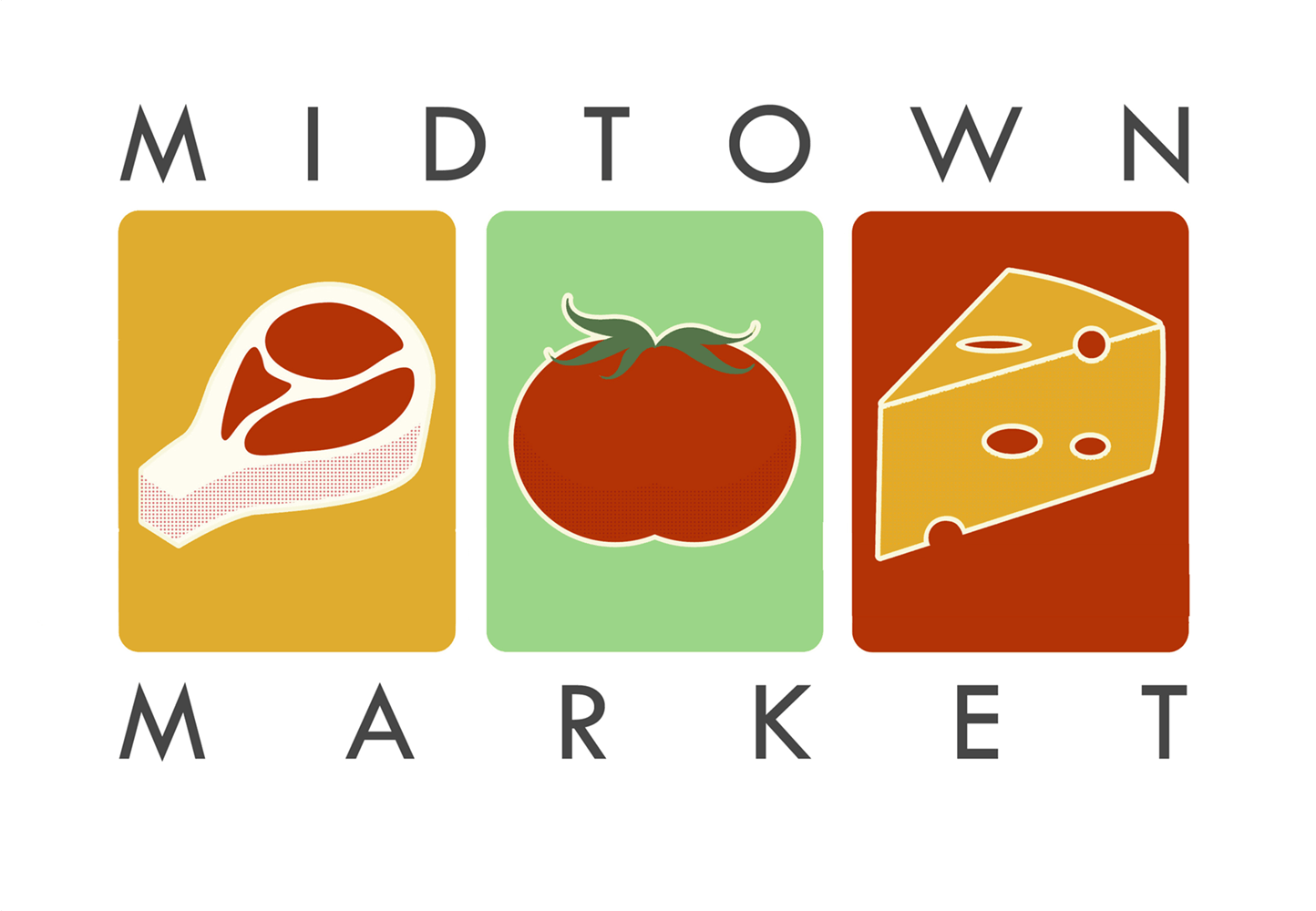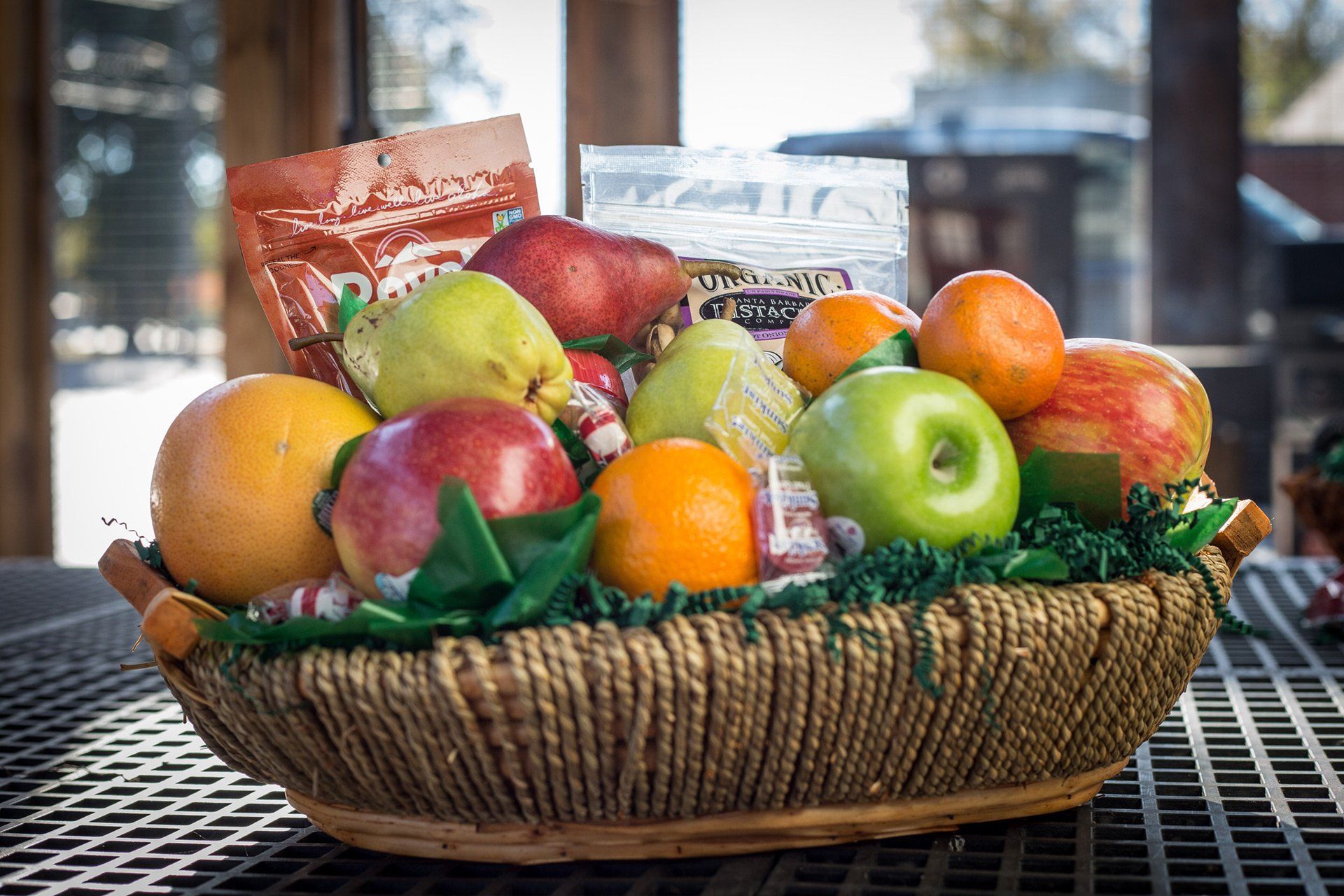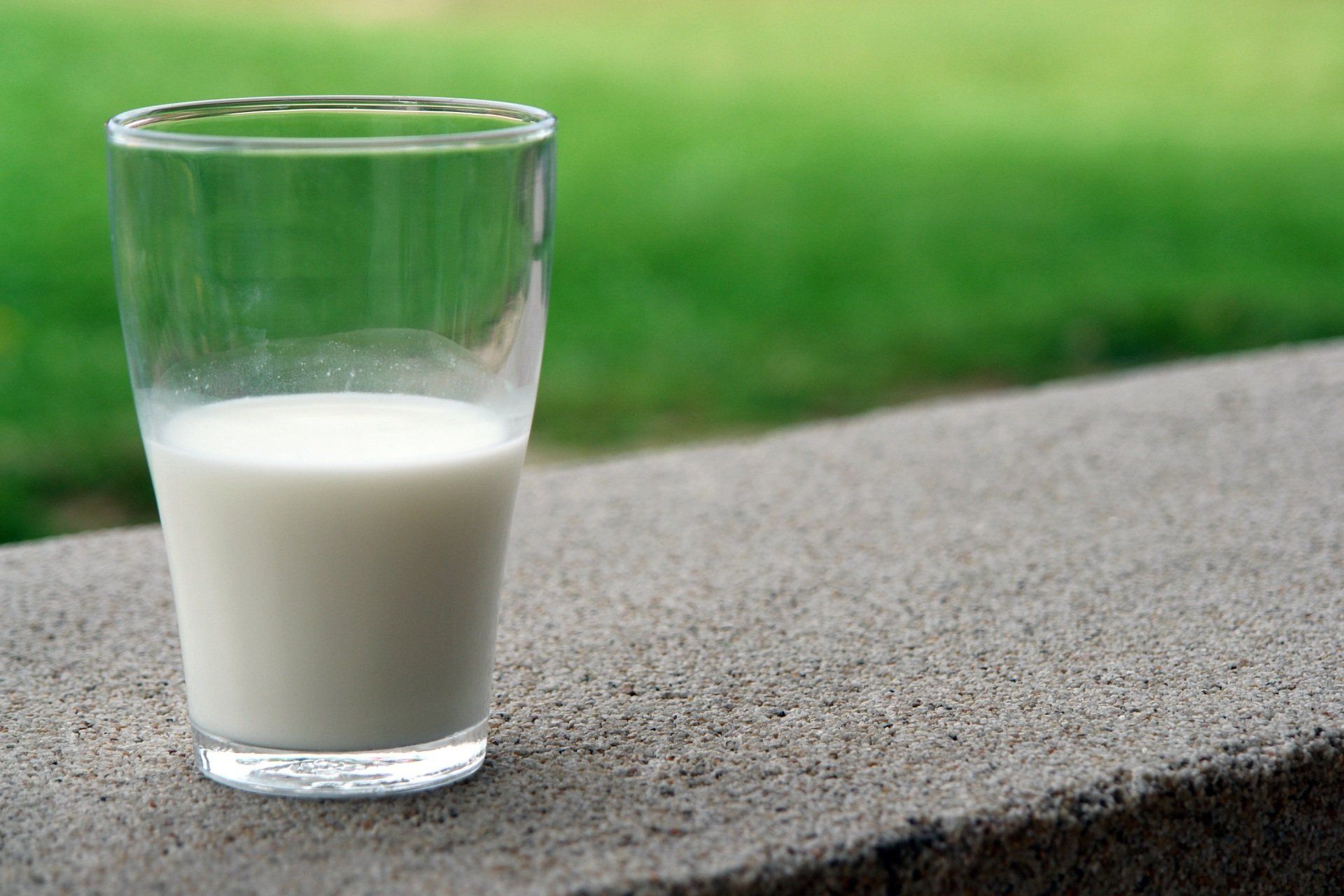Secrets to Alternative Foods for a Well-Balanced Diet
We all know that moderation is key to maintaining a well-balanced diet. But it’s difficult to eliminate certain foods from our diet entirely. Lourdes Hospital clinical dietician Renee Waggoner says that unless recommended by a physician, eliminating foods entirely simply isn’t necessary.
An Alternative to Pasta
Let’s start with pasta. Who doesn’t love a giant bowl of penne soaked in our favorite creamy, white pasta sauce? While pasta served in moderation can be perfectly fine, it’s filled with complex carbohydrates that can make it difficult for those trying to lose weight to shed any pounds (1 cup of pasta = 220 calories). Renee suggests purchasing a spiral slicer and creating heart-healthy noodles out of things like zucchini and squash.
Mix Up the Menu: Mix 1/2 cup of whole wheat pasta with ½ cup of spiral veggies and serve with a moderate serving of fresh, low calorie pasta sauce.
The Skinny on Coconut Oil
The oil has received a lot of buzz in recent years, some touting it as the next best thing to sliced bread. But is it really a healthy alternative to butter and partially hydrogenated shortening? Some research says yes, in moderation. Consumers seeking to control their saturated fat intake should use caution. Virgin Coconut Oil offers many of the same cooking properties as butter and does not have the same negative effects cholesterol. Therefore, it is considered to be a “good fat.” However, it is still a saturated fat and contains calories. So it should be used with caution and moderation for those seeking to develop a heart-healthy lifestyle.
(NOTE: Partially hydrogenated coconut oil and refined coconut oil does not have the same positive effect on raising good cholesterol. So read the labels carefully).
Are Liquid Aminos Healthier Than Soy Sauce?
While some mistake soy sauce’s high levels of antioxidants as a sign of a healthy product, however, soy sauce is loaded with sodium and does not contain antioxidants known as isoflavones that other soy products contain. Whereas liquid aminos, a non-fermented product derived from soy, are generally promoted as GMO-free and gluten-free, and contain protein and amino acids. Some brands, such as Bragg’s Liquid Aminos, are also vegan-friendly.
Refined Sugar vs. Sweeteners
Renee says that in small doses honey and sweeteners such as Truvia can be used as substitutes for table sugar in small doses. She cautions users that, while our bodies may receive more nutrients from honey than refined white sugar, the calorie content of honey is actually higher than table sugar (table sugar = 16 calories; honey = 22 calories). So the rules of moderation still apply here.
Try substituting apple butters and nut butters for jellies and jams that are traditionally sweetened with refined white sugar. Apple butters contain protein and vitamins, while nut butters are packed with protein, vitamins and good fat. However, if you’re counting calories, both contain carbohydrates and often as many calories as traditional jams and jellies. Therefore, while sweeteners like honey are certainly less processed than white sugar, and nut butters offer more energy-boosting proteins, moderate amounts of any of these substitutions is recommended, especially for those trying to lose weight.
Meat Lovers, Rejoice!
For those meat lovers reading this you’ll be happy to know that unless a doctor has recommended you eliminate red meat from your diet, moderate portions can still be healthy. If you’re looking for less saturated fat and lower cholesterol, then try trading in the hamburger meat for ground round and substitute your rib eye steak with a T-bone, porterhouse or sirloin steak.
Smart Substitutes to Starch
So what’s wrong with white rice or an occasional potato? Nothing, really. Renee says. It’s what we add to these starchy foods that get us into trouble. Renee suggests substituting wild rice for white rice. Wild rice is rich in fiber and offers more nutritional value. She also suggests sweet potatoes over white potatoes. There are many great recipes out there to help you transform a sweet potato into a savory treat.
Conclusion
As a dietician, Renee finds value in almost all foods. It’s simply how one puts their plate together that makes the difference between a healthy, well-balanced diet and a less thoughtful one.
“Here’s what I tell my clients. Half of your plate should be filled with veggies, one-fourth meat, and one-fourth starch,” she says. “If you’ll follow that as a guide you won’t have a problem with over indulging on the wrong foods.”









